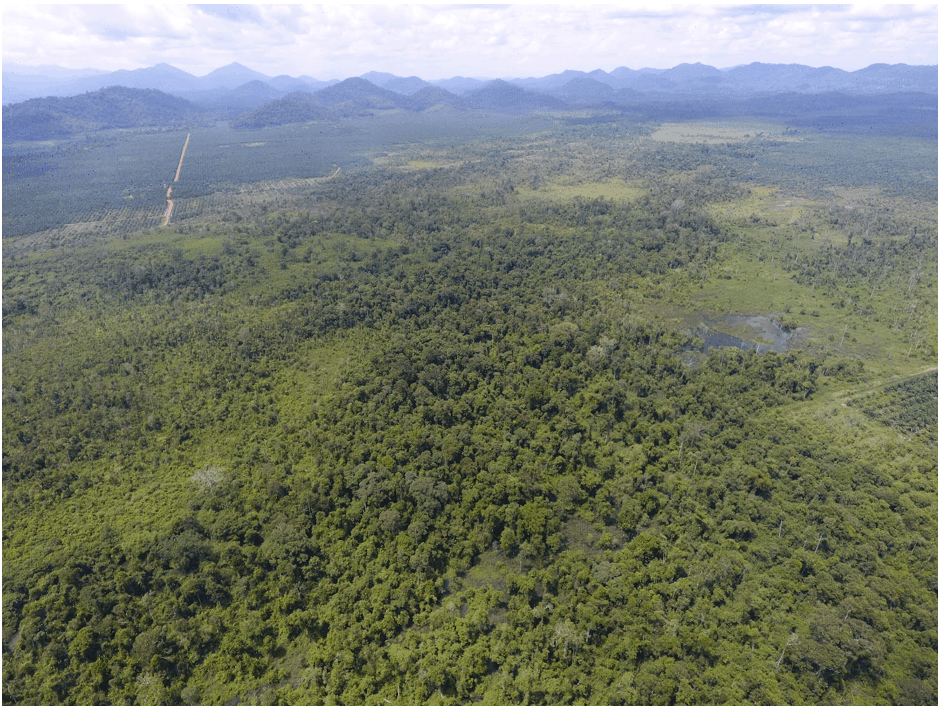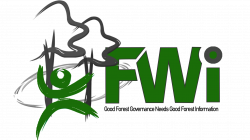In 3 different times, BIJAK and FWI together have the opportunity to obtain information and practices from the Essential Ecosystem Areas management in 3 locations. The first location was Kehati Hutan Pelawan Park, Bangka Tengah, Bangka Belitung, conducted on April 8-12,2019. The second location was Sungai Putri Wildlife for Orangutan – Gunung Tarak – Gunung Palung, Ketapang, West Kalimantan, conducted on August 19-23, 2019. Then, the third location was Mangrove Area of Teluk Pangpang, Banyuwangi on September 2-6,2019.
This event was motivated by the importance of KEE policy to reduce the gap in the area with high biodiversity and not yet protected as conservation. KEE is an ecosystem, area, or territory as part of a life support system with uniqueness and important habitat or species function. The type of KEE that was currently determined by the Government is KEE for mangrove, karst, peat, wildlife corridors, biodiversity parks, and high conservation areas. Related to this, the Government targets 32.48 million hectares to become terrestrial protected areas in 2020.
The development of KEE until September 2019 had formed 50 KEEs in Indonesia with a total area of ±975.200 Ha. This was certainly an incredible achievement. In order to accelerate the fulfillment of the national target, it is necessary to obtain every deeper success story in establishing and managing KEE. It can be seen from the beginning of its establishment story; the involvement of parties and the necessary supports; management mechanism and evaluation mechanism; monitoring conducted by the institutional of KEE over the management, etc. And the story behind the success became a lesson for parties who will initiate or managing the KEE area.



The team had an in-depth interview with the interviewee to obtain information about location profile, establishment history (formation initiation, delineation of area boundaries, potential identification and inventory), area management, and evaluation monitoring. The interviewee was the important actor in the establishment process and KEE management of each location, either from the Provincial Government, Local Government, NGO, Academics, Public Figure, or people around the area.
The results of the interview with the parties were written descriptively supported by secondary data obtained. Then, it was processed, becoming a briefing paper containing important things in each location. This briefing paper became the learning documents that can inspire those who will initiate or managing the KEE area.
Some important things, which could be inspiration from KEE Hutan Pelawan of Biodiversity Park, were: the establishment of KEE Kehati Hutan Pelawan Park was started from the initiation of Namang villagers to protect Namang Village from logging and tin mining; Local Government of Bangka Tengah fully supported the management of KEE Kehati Hutan Pelawan, one of them by releasing collaborative decree involving some OPDs on 2016; the local community still could manage the natural resources potency in KEE Kehati Hutan Pelawan Park, such as Pelawan Merah trees Tristaniopsis merguensis (Griff.), Pelawan Mushroom (Heimioporus sp.), and Pelawan Honey of Apis dorsata bee (honey bee).
Some important things, which could be inspiration from KEE Lahan Basah Teluk Pangpang, were: one example of establishing an up to down KEE; initiated by Government but still involving the community in its management. The establishment of KEE Lahan Basah Teluk Pangpang was inseparable from the Essential Ecosystem Management program conducted by the Directorate General of Forest Protection and Nature Conservation (Ditjen PHKA) of the Ministry of Forestry in 2011. Then, the Natural Resources Conservation Office of East Java (as the Technical Implementation Unit of Ditjen PHKA) started the establishment process of KEE Teluk Pangpang involving various parties; the involvement and acceptance of the Banyuwangi Regency Government, East Java Provincial Government, and Village Government in the KEE Collaborative Management Forum; and the management of area potential and environmental services by the community’s active participation such as mangrove crab cultivation, processing of non-wood forest products from mangroves (mangrove chips, mangrove syrup, mangrove tea), and ecotourism.
Some important things, which could be inspiration from KEE Corridors of Sungai Putri Wildlife for Orangutan – Gunung Tarak – Gunung Palung, Ketapang, West Kalimantan, were; KEE policy used by parties consisted of West Kalimantan Provincial Government, Development Planning Agency at Sub-National Level of Ketapang Regency, and Plantation Companies (PT Kayung Agro Lestari & PT Bumitama Gunajaya Agro) as an attempt to protect Orangutan habitats; the synergy of the parties in sharing roles and authority tasks to manage KEE Corridors of Sungai Putri Wildlife for Orangutan though it was still contained in the action plan and does not have the underlying law; KEE Sungai Putri-Gunung Tarak-Gunung Palung were an HCV areas from private sectors submitted voluntarily as KEE; area potential and environmental services (Orangutan (Pongo pygmaeus), waterfall natural tourism); the involvement of community as the forest surveillance, which effect on reducing logging activities in KEE Sungai Putri-Gunung Tarak-Gunung Palung. (ed: KEE FWI Team)



